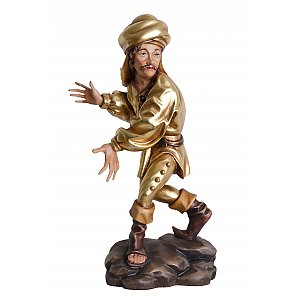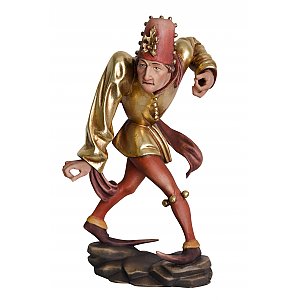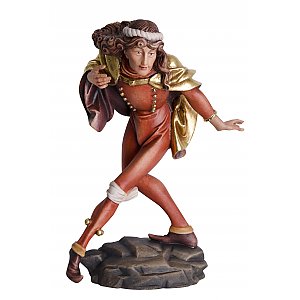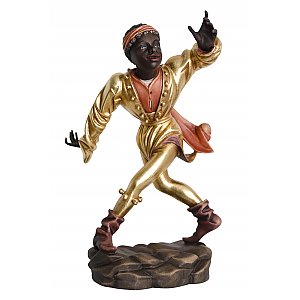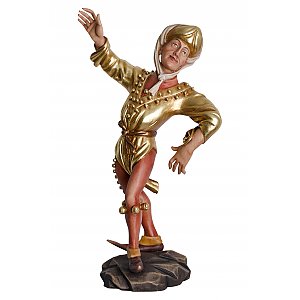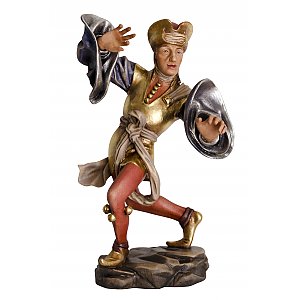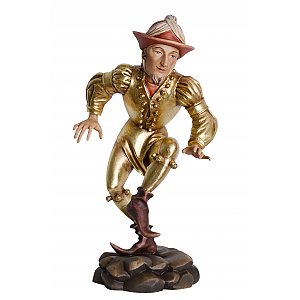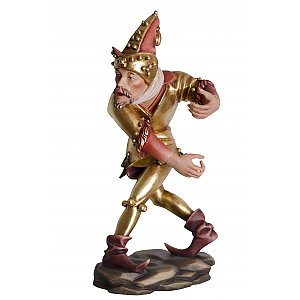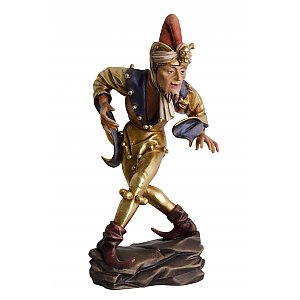N° KD9105
Profane Statues - Folk Art wooden Sculpture val gardena - Dancer to collect
The Morisce Dance is a stage dance of the late Middle Ages and the early modern period, whose spread can be traced back to the 15th century.
continue to read...124,20 EUR
N° KD9109
Dancer the smart
124,20 EUR
N° KD9106
Dancer the insolent
124,20 EUR
N° KD9103
Dancer the youngster
124,20 EUR
N° KD9102
Dancer the moor
124,20 EUR
N° KD9107
Dancet the oriental
124,20 EUR
N° KD9104
Dancer the prophet
124,20 EUR
N° KD9100
Dancer the tailor
124,20 EUR
N° KD9108
Dancer the astute
124,20 EUR
N° KD9101
Dancer the magician
124,20 EUR
N° KD9300
Morisc Dancer - Till with owl
257,05 EUR
N° L05522
Jester sitting on books
48,31 EUR

